“Quality at Speed” is the key highlight for many software development companies in 2024 to streamline their business processes and provide better results for their client’s projects.
Of course, the ideation and implementation strategies are different from one custom software developer to another.
Although the methodologies and practices are common such as, if you are a business professional, following agile development methods, prioritizing product features, using CI/CD pipelines for an effortless development cycle, and keeping up with the continuously changing IT scenarios, all of these takes place one after the another.
With a view to keep on growing, a report generated by SD Times, 60% of software developers use CI/CD strategies while only 48% of startup companies and 42% of freelancers believe that the implementation of CI/CD pipeline strategy is effective and helpful.
But, What is the CI/CD strategy? And why is it popular among IT companies?
Well, Continuous integration and continuous delivery strategy is a practice used by custom software development companies to enhance, streamline, and accelerate the software development lifecycle.
As a leading provider of software development services, we follow six CI/CD strategies in order to automate, integrate, test, and deploy a project without encountering maximum production bugs and thus gain the client’s trust in the long run.
Detailed Explanation of CI/CD Pipeline
Continuous integration and delivery stand at the center of interest in modern DevOps practices. In order to reduce development cycles and guarantee that software preparation for deployment, it promotes a smooth integration of development and operations activities.
Continuous Integration:
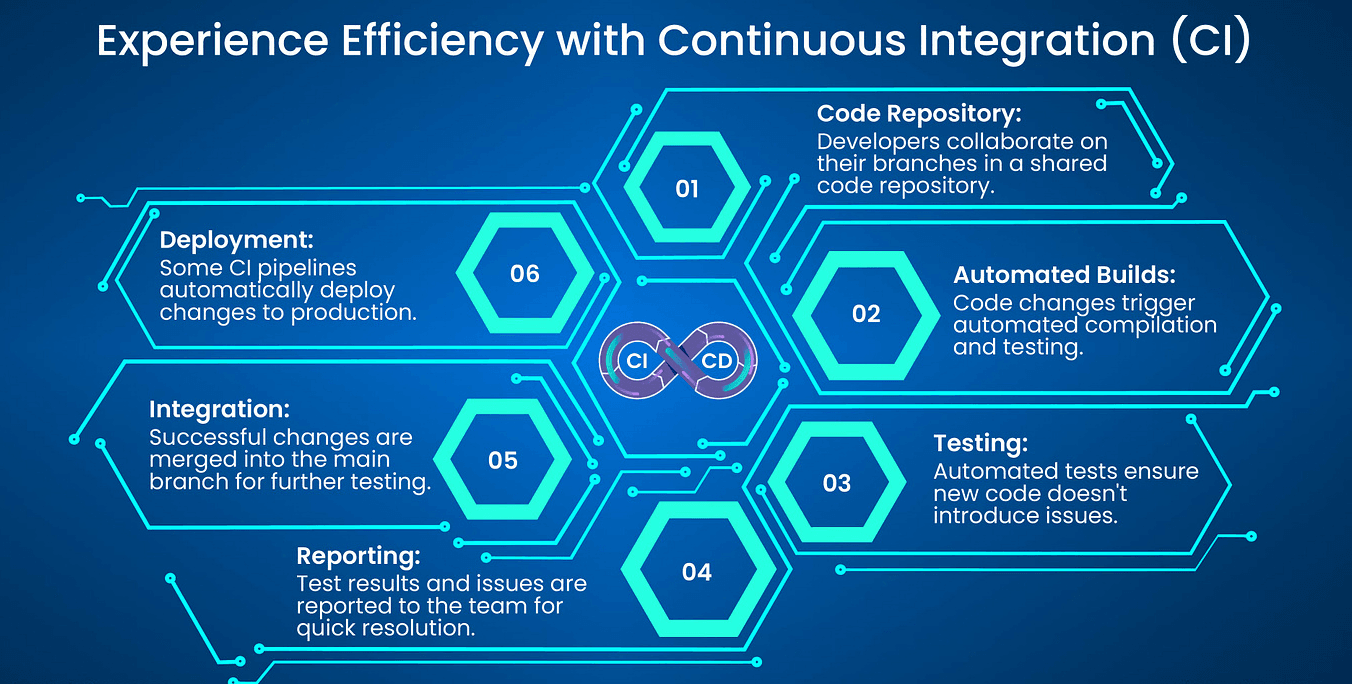
Automated builds and testing are started when developers consistently integrate code changes into a common repository. Three main objectives are to shorten the time to market, improve software quality, and promptly uncover issues.
Continuous Deployment:
This technique makes software continually deployable by automatically deploying all code changes to the production environment. It builds upon Continuous Integration (CI).
Continuous Delivery:
Similar to continuous deployment, but with the ability for manual release control, is continuous delivery. It permits the last stage of verification before deployment.
A methodical setup that incorporates code changes, automated testing, and, in the case of continuous delivery, optional manual reviews before deployment is required to integrate CI/CD into DevOps. These procedures are greatly aided by tools like GitHub Actions, CircleCI, GitLab CI, and Jenkins. They enable teams to continue being effective and productive throughout the software development lifecycle.
Software teams may use CI/CD to confidently and nimbly adapt to the changing needs of the digital market.
How CI/CD Strategy Work?
The success of CI and CD is largely dependent on their synergy. This is how they collaborate:
Continuous Integration:
Developers send their code updates to a common repository using continuous integration, or CI. The integration process is started automatically by the CI system as soon as a change is identified.
This entails developing the program and executing several automated tests. The system notifies the team if any tests are unsuccessful, guaranteeing that any problems are addressed right away.
Constantly testing and merging changes is how continuous integration (CI) keeps a codebase stable.
Continuous Deployment:
CD goes one step further with the procedure. Code updates are automatically deployed to a production environment by CD when they have passed all tests and been successfully integrated through continuous integration (CI).
By reducing the time between development and deployment, this automated deployment makes sure that end users have quick access to the newest features and updates.
Why is CI/CD Important For Custom Software Development Companies?
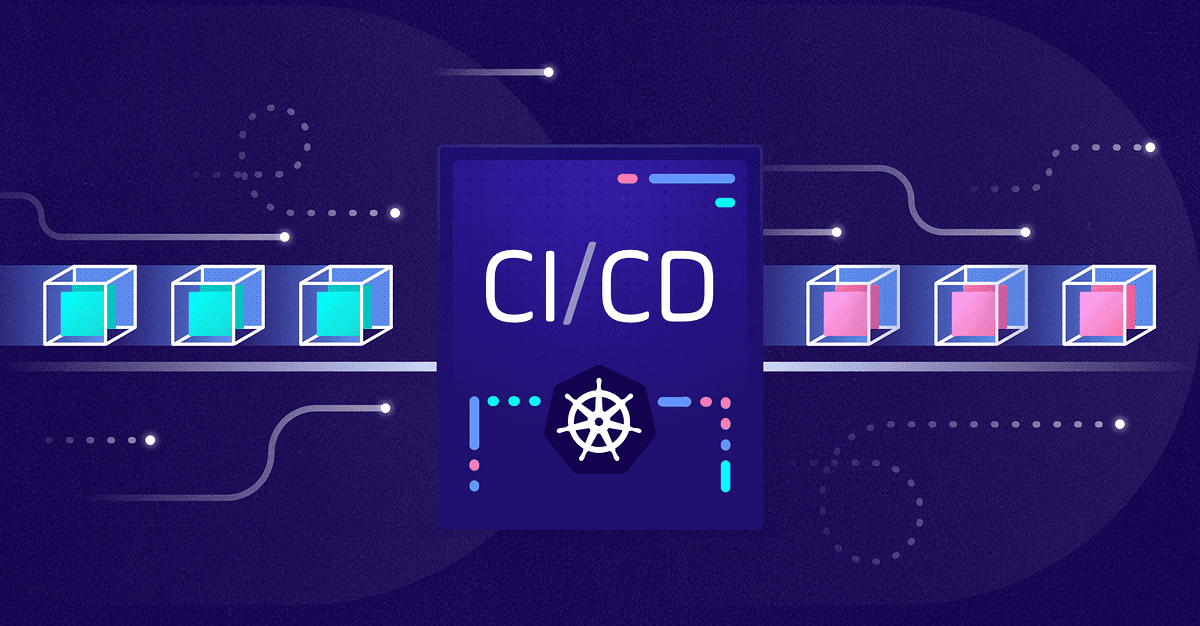
Quickening the Cycle of Development
The capacity of CI/CD to quicken the software development cycle is one of its main advantages. More quickly than ever before, developers can deliver new features and problem fixes by automating the integration, testing, and deployment processes.
This flexibility is essential in sectors where maintaining competitiveness requires quick innovation.
Cutting Development Expenses
Early problem detection and resolution in the development cycle are achieved via CI/CD, which lowers development costs. Early bug detection and correction greatly reduce the amount of time and resources needed for subsequent debugging and troubleshooting.
This leads to cost savings and a more effective use of resources.
Making Sure of the Code’s Quality
For any custom software development project to be successful in the long run, maintaining code quality is crucial. Code quality requirements are enforced by CI/CD through the execution of automated tests on each change.
The CI/CD pipeline can stop code from merging if a test fails or if code quality metrics are not fulfilled, guaranteeing that only code of the highest caliber enters production.
Improving Cooperation
Development teams work together more while using CI/CD. Developers must collaborate closely to resolve issues and make sure their modifications don’t clash with one another because code integration occurs regularly.
This cooperative methodology cultivates a collective feeling of accountability for the project’s accomplishment.
Boosting Credibility
Processes for automated testing and deployment reduce the possibility of human mistakes. Continuous Integration/Continuous Delivery (CI/CD) lowers the risk of introducing vulnerabilities or disrupting the application in a production environment by continuously releasing code in a controlled and automated way.
A more dependable and stable software product is the result of this.
Quicker Resolution of Issues
If a problem or flaw does find its way into production, continuous integration and continuous development (CI/CD) facilitate its swift and focused fix. It is quicker to locate and resolve issues when the deployment process is automated since it makes it simpler to trace the precise code modifications that caused the issue.
Time to disclose the top 6 strategies of CI/CD implementation into your mobile app development services.
DianApps Trusted Top 6 CI/CD Strategies For Custom Software Development
1. Automated Testing Integration
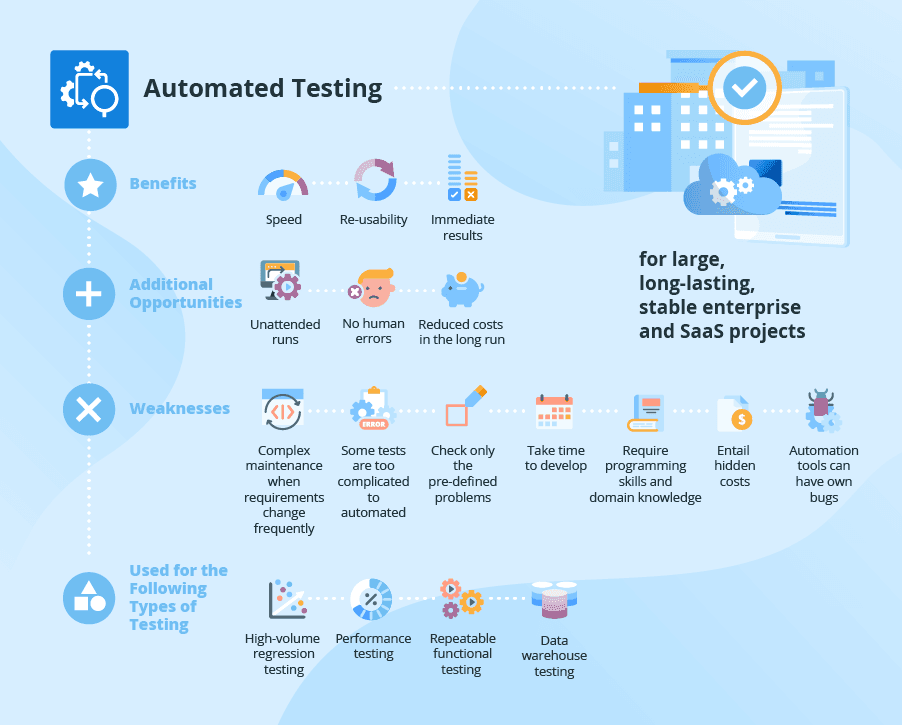
The CI/CD pipeline must have automated testing to guarantee the software’s dependability and quality.
To find bugs at different phases of the development process, custom software development companies should use unit tests, integration tests, and end-to-end testing.
Every time a code change is submitted, automated tests ought to be launched to give engineers instant feedback. This method lowers the possibility that faulty code will make it into production by assisting in the early detection of defects and regressions.
Incorporating code coverage tools may also assist in guaranteeing that tests are thorough and cover important areas of the codebase.
If you are looking for a custom software development companies in Singapore to implement the CI/CD strategies in your business project.
2. Containerization & Environment Consistency
The software operates reliably in many contexts when containerization tools like Docker are used. Development teams may prevent the “it works on my machine” issue by producing container images that contain all dependencies and configurations.
To guarantee that the program performs consistently at every level of the CI/CD pipeline—from development to testing to production—these containers can be employed.
Kubernetes and other container orchestration solutions may further automate the deployment process by enabling load balancing, automatic application scaling, and self-healing.
3. Infrastructure As Code (IaC)
By using Infrastructure as Code (IaC), businesses may easily duplicate and alter environments by managing and provisioning infrastructure through code.
Developers may specify infrastructure in configuration files that can be versioned and controlled alongside application code thanks to tools like Terraform, Ansible, and CloudFormation.

This method ensures that modifications to the infrastructure are repeatable, documented, and reversible as needed. IaC also makes it easier for environment setup to be automated, which lowers the need for manual intervention and lowers the possibility of human error.
4. Continuous Monitoring & Logging
Applications running in production needs continuous monitoring and logging in order to remain functional. Add monitoring technologies such as Prometheus, Grafana, or ELK Stack (Elasticsearch, Logstash, and Kibana) into CI/CD pipelines by custom software development businesses.
These tools offer up-to-date information on resource utilization, application performance, and any problems. Teams may ensure high availability and reliability by promptly identifying and responding to abnormalities by putting up alerts and dashboards.
Additional useful information for maximizing performance and capacity planning is provided by continuous monitoring.
5. Blue-Green Deployments
Using blue-green deployments minimizes risk and cuts down on downtime while updating software. Two similar habitats, Blue and Green, are maintained in this manner.
The Green environment is used to stage the updated version of the program, whereas the Blue environment reflects the real production environment.
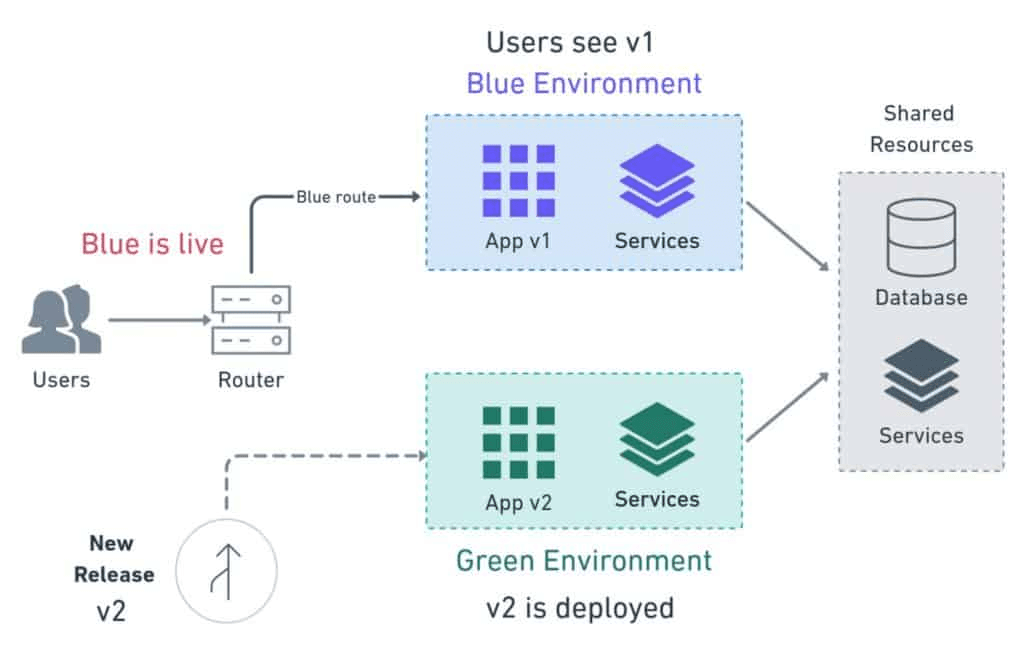
Switch the traffic from Blue to Green, bringing the Green environment online, after you test the new version properly. In the event of a problem, redirect the traffic promptly to the Blue environment, minimizing user inconvenience.
6. Feature Toggles and Flags

Teams can enable or disable features without releasing new code by using feature flags and toggles. By separating the release of a feature from its deployment, this approach allows for continuous delivery.
Developers can merge code for new features into the main codebase, but the features remain inactive until they are release ready. This approach allows for incremental feature rollouts, A/B testing, and quick rollbacks if necessary.
Integrate tools like LaunchDarkly or feature toggle libraries in various programming languages into the CI/CD pipeline to manage feature flags effectively.
Best CI/CD Tools To Use in Production
Jenkins
Building, delivering, and automating projects are supported by the popular open-source automation server Jenkins. Its extensive plugin ecosystem makes it extremely adaptable by enabling integration with a wide range of tools and services.

Jenkins automates every stage of the software development lifecycle, from code commit to deployment, enabling continuous integration and continuous delivery.
Regular updates and plenty of tools guarantees for troubleshooting and customization by the robust community support.
GitLab CI/CD
With its smooth continuous integration and delivery features, GitLab CI/CD embeds a potent tool into the GitLab platform. It provides integrated code review, problem tracking, and version control capabilities, resulting in a cohesive DevOps process.
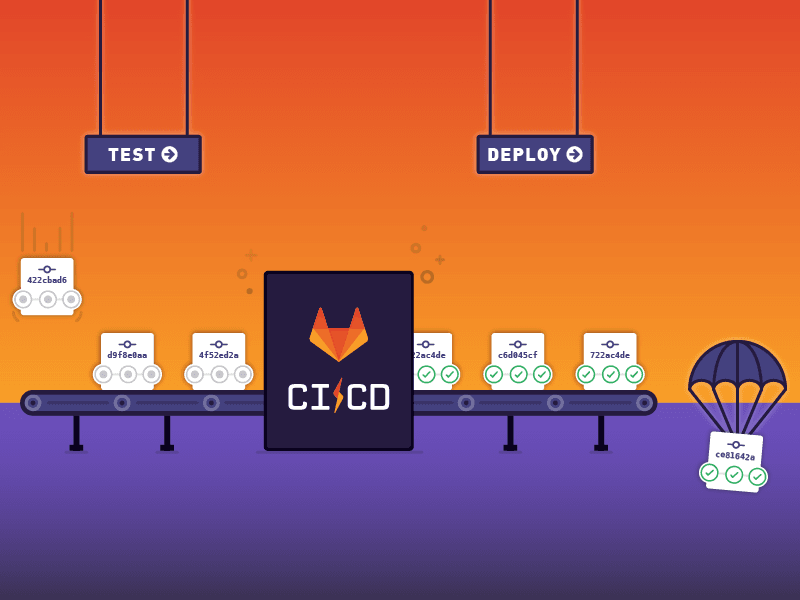
GitLab CI/CD is a pipeline syntax that is simple to configure and has a strong runner system that makes automated testing, building, and deployment procedures easier.
It is appropriate for projects of all sizes since it offers scalable infrastructure and parallel execution.
CircleCI
CircleCI is a cloud-based Continuous Integration/CD platform that prioritizes simplicity and speed, providing rapid iteration cycles and feedback.

It offers automated testing and deployment with little configuration required, integrating with GitHub and Bitbucket with ease.
Teams aiming to improve their pipelines for continuous integration and delivery will find it perfect due to its scalable architecture and versatile configuration choices.
Travis CI
Popular continuous integration tool Travis CI interfaces with GitHub repositories with ease. It supports a variety of programming languages and environments and automates the process of deploying apps and conducting tests.
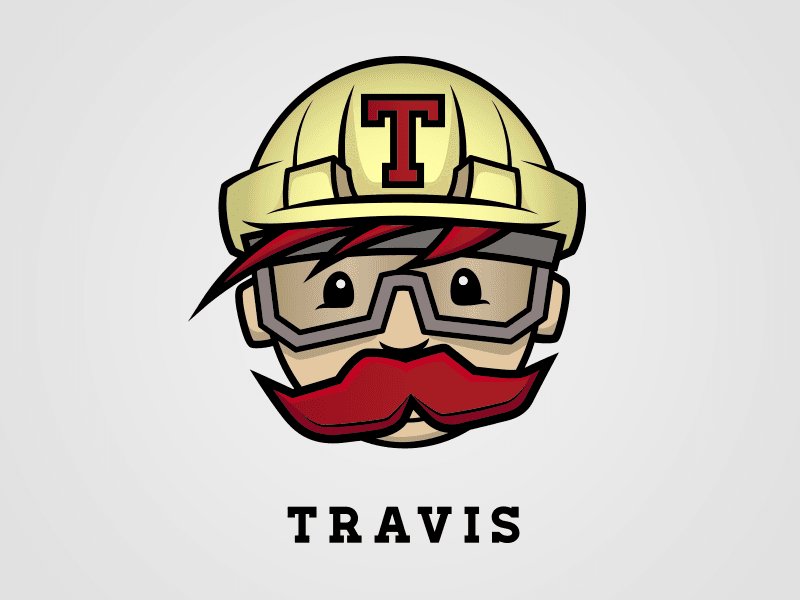
Travis CI is simple to start up and manage because to its YAML-based setup.
Docker
You can make the development, testing, and production environments of the uniform and repeatable with the help of the containerization platform Docker.

Docker makes ensuring that software operates consistently across environments by encapsulating apps and their dependencies into containers.
Its lightweight containers streamline dependency management and increase resource efficiency. To build scalable and portable CI/CD pipelines that enable dependable deployments, you need Docker.
Conclusion
CI/CD techniques go beyond simple technological applications. Within the DevOps framework, they cultivate a culture of effectiveness, cooperation, and dependability. By automating the integration, testing, and deployment processes, continuous integration and continuous delivery (CI/CD) reduce human error, shorten time to market, and improve product quality.
This enables quick, high-quality software releases.
AI and cloud-native frameworks will probably expand the capabilities and efficacy of CI/CD pipelines as technology advances, hence reinforcing their significance in producing state-of-the-art software solutions.
Do you want to make a custom software solution or do you need assistance with your current custom software? Contact DianApps team!


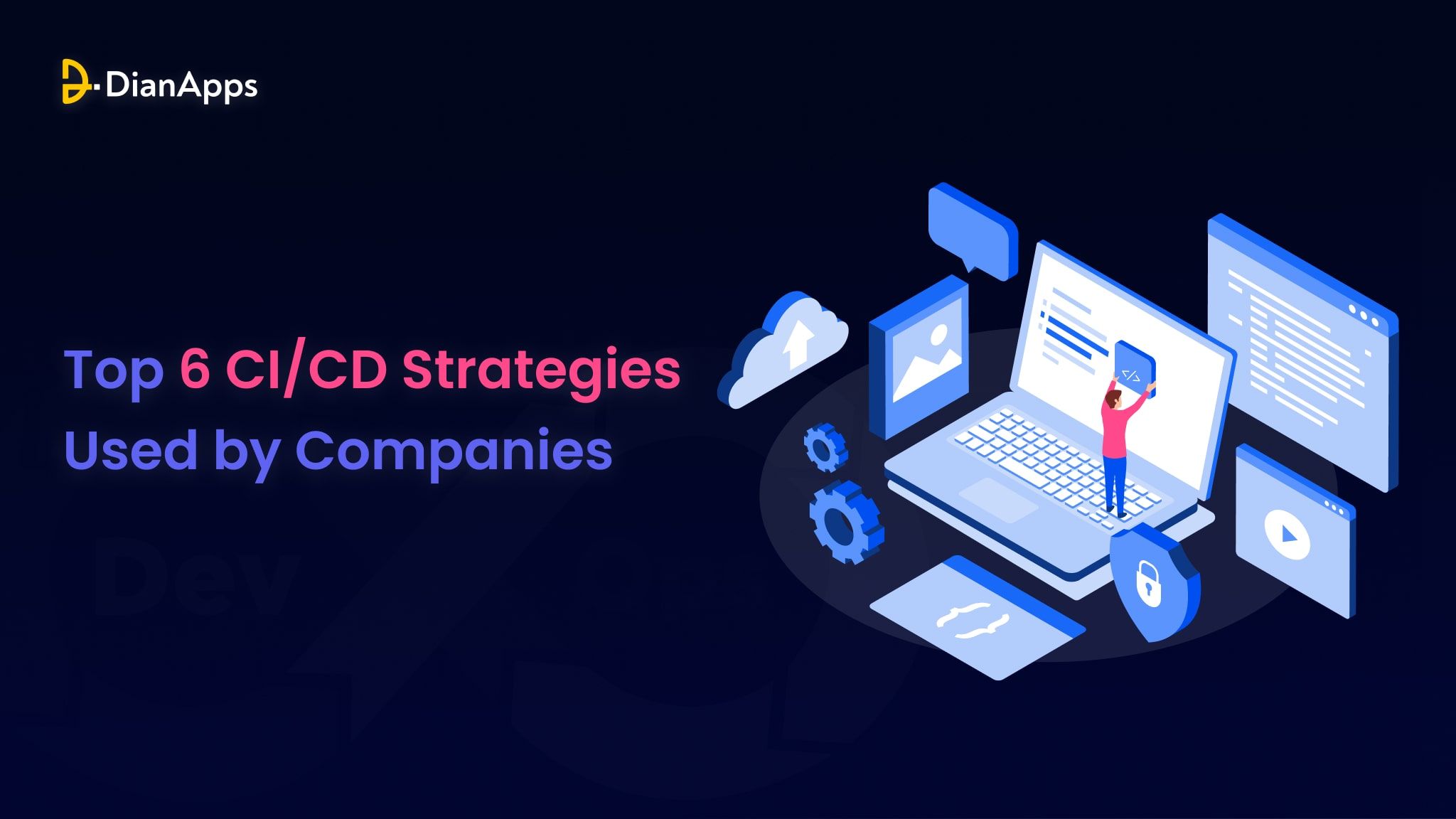







Leave a Comment
Your email address will not be published. Required fields are marked *